‘As soon as I feel like somebody has worked me out, I want to switch it up’: set designer Shona Heath on staying authentic in a digital age
Shona Heath reflects on her 2024 Oscar win, being named a Royal Designer for Industry and the importance of dreaming
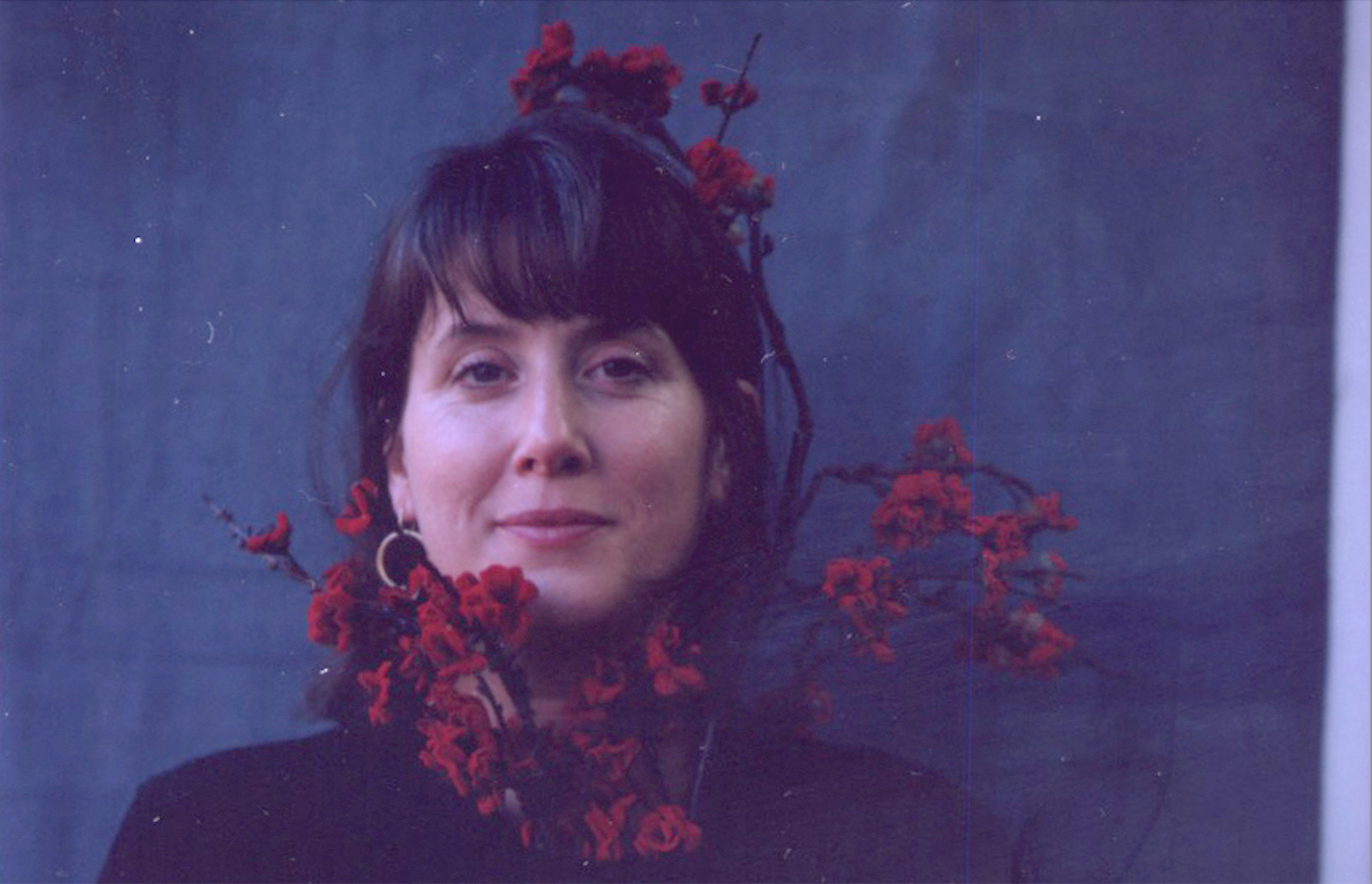
From fibreglass taxi cabs mounted on a London storefront to a plane made from bread for Hermès, Shona Heath's fantastical set and production designs are defined by a surrealist sensibility that transforms the ordinary into the extraordinary.
A fashion graduate from the University of Brighton, Heath began her career in costume design before branching out into window displays and set design for fashion designers. This shift led to her long-term collaboration with British fashion photographer Tim Walker, with her weird and wonderful creations gracing the pages of leading publications and shaping exhibitions, runways and campaigns for fashion powerhouses like Louis Vuitton, Prada, Dior, and Miu Miu.
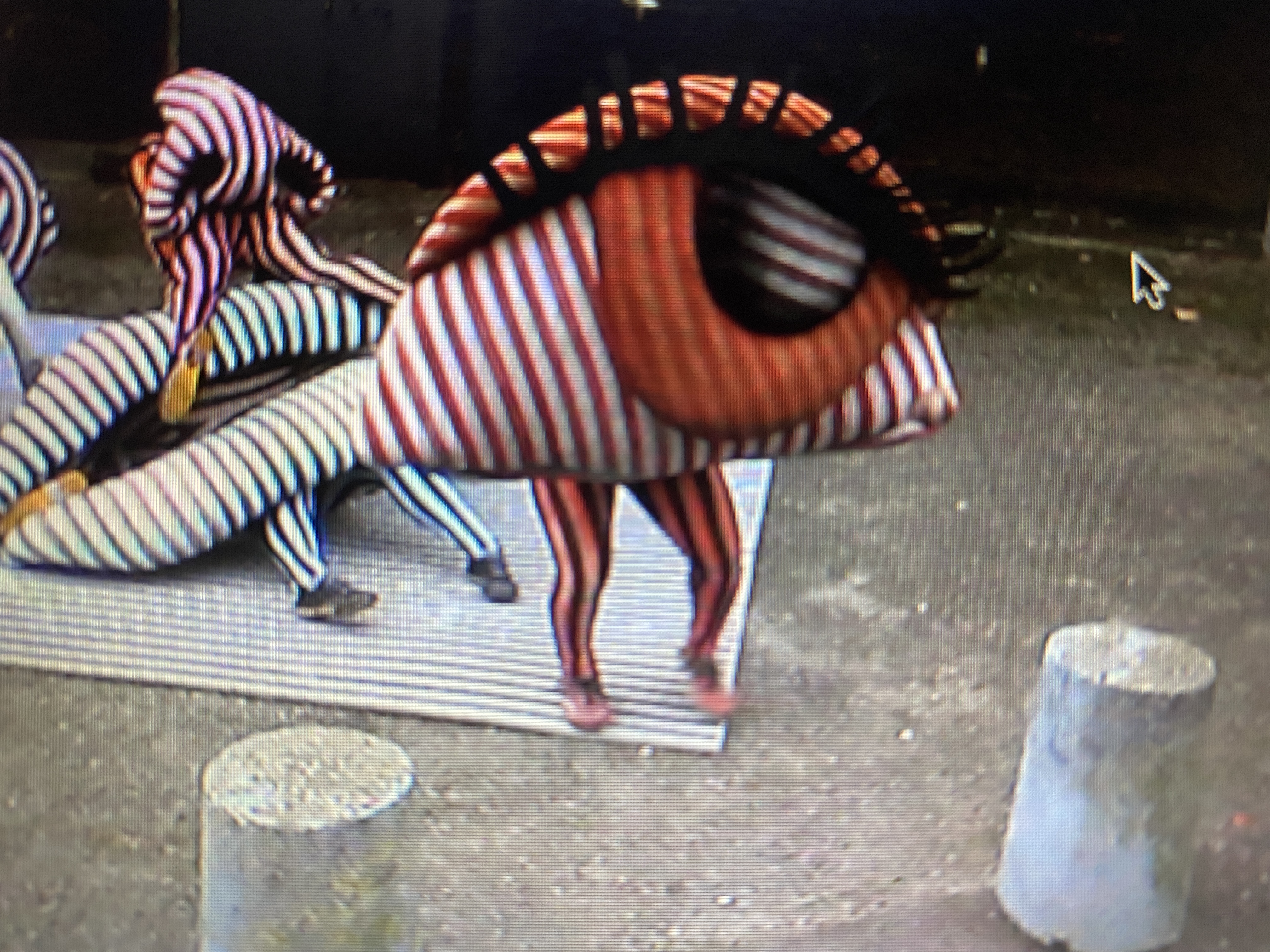
Still from Eye Ear You, a short film by Shona Heath in collaboration with Mimbre exploring themes of perception and connection
In 2024 Heath’s star rose stratospherically: her work on Yorgos Lanthimos’ Poor Things earned her both a BAFTA and an Academy Award for Best Production Design, and in December, she was named a Royal Designer for Industry (RDI). Wallpaper* caught up with Heath to reflect on these remarkable achievements, explore how she remains authentic in an increasingly homogenised industry, and find out what she has in store for 2025.
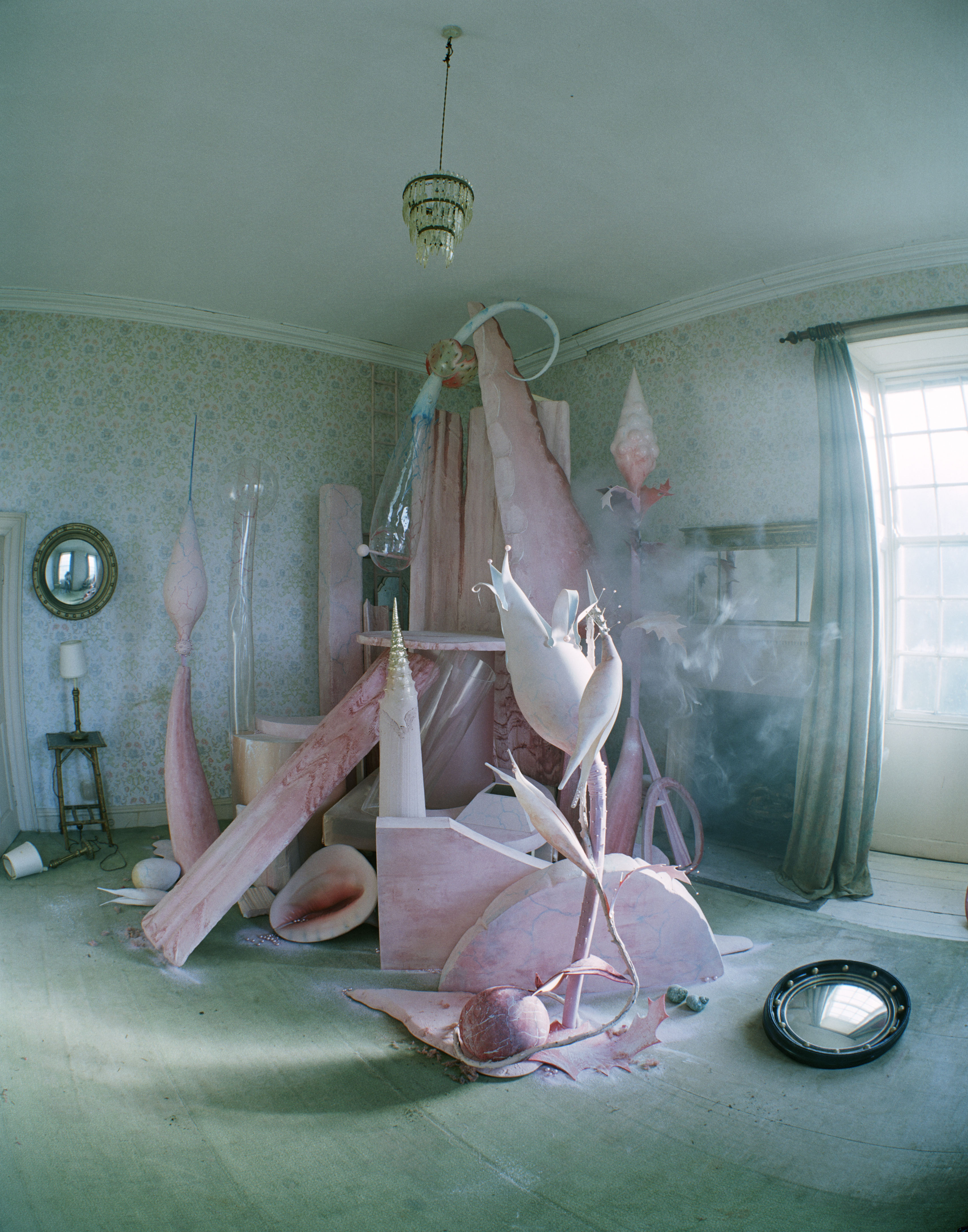
Set designed by Shona Heath for Tim Walker’s Bosch series, inspired by the fantastical and macabre imagery of Hieronymus Bosch
Wallpaper*: 2024 was an extraordinary year for you, with a BAFTA and Oscar win for Poor Things, and being named an RDI. What do awards and recognitions like this mean to you, both personally and professionally?
Shona Heath: Until this year, awards have never been something that crossed my path. I really had no desire for accolades. It’s a bit like when I got married – I thought it wouldn’t change anything from day to day, but it did. There is a feeling that is good. Professionally, I am excited that new projects are coming my way that really want me to show what I do to its fullest. I feel like I have been given a little boost of trust.
I do feel a bit like I am the one who just made some inedible cupcakes, but I have been amazed and enlivened that so many people enjoy my work
Shona Heath
The recognition of my craft and the love, care, and energy I put into all the work I do does feel fantastic. I am always part of a group of people working in different disciplines to produce a piece of work – a film, a show, a photograph and it is reassuring that set design, costume, and production design are really seen and appreciated by people. That does make me feel validated, when I have always felt a bit like a charlatan, always doing something I haven’t done before.
I must admit, the BAFTA felt just great on home turf, the Oscar – one of the most surreal nights of my life – and the RDI made me feel a bit older. I was amongst two other fantastic designers who do something profoundly good for people: gardens and urban spaces for humans to find peace within. I do feel a bit like I am the one who just made some inedible cupcakes.
But I have been amazed and enlivened that so many people enjoy my work on a kind of 'importance of dreaming' level.
Wallpaper* Newsletter
Receive our daily digest of inspiration, escapism and design stories from around the world direct to your inbox.
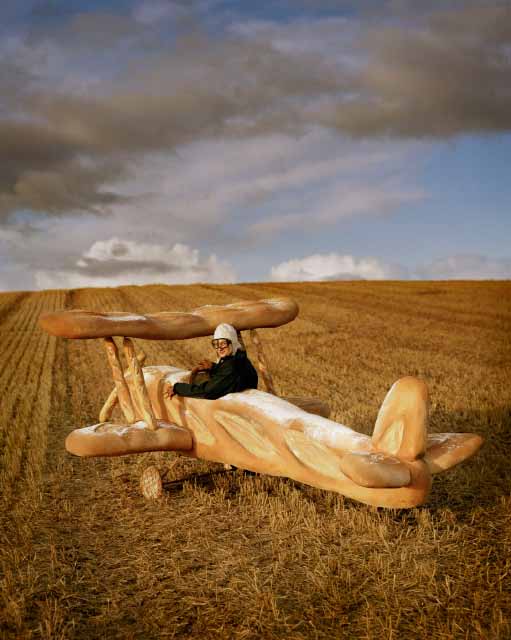
A ‘baguette plane’ designed by Shona Heath for an Hermès campaign, photographed by Tim Walker
W*: You’ve mentioned that you now begin your creative process with words rather than images, due to the overwhelming visual stimuli in today’s world. Do platforms like Instagram disrupt your process, or can they be inspiring? How do you block out the noise?
SH: I use Instagram as a portfolio. I don’t read comments – I used to, but it actually felt weird, even the nice ones.
The internet is undeniably great for research. But I do find that if I start my creative process with intense thought, unusual narratives, words, and original stories, it helps to inform my own approach and boundaries before I dive into the visuals. This process helps with authenticity and gives me a clear path.
The time wasted on social media is immense. I don’t like being shown things that some algorithm assumes I would be into – it really pisses me off, and I’m super sensitive to it. As soon as I feel like somebody has worked me out, I want to switch it up.
The time wasted on social media is immense. I don’t like being shown things that some algorithm assumes I would be into – it really pisses me off, and I’m super sensitive to it.
Shona Heath
W*: Your work on 'The Glass Hermit' marks your first foray into integrating AI with your analogue creative process. How did this experience challenge or enhance your usual approach to design, and what potential do you see for AI as a tool in future creative projects?
SH: It both challenged and enhanced simultaneously, which I think is a good thing.
It doesn’t change my approach to design, as AI does not 'design' in any interesting way or think like me. I am obsessed with craft and materials, and these details in my work will always inform the bigger picture.
There is a huge amount of physical waste that unfortunately goes hand in hand with set design. I will always be grounded in the physical. I don’t love computers, so I don’t want to spend any more time than necessary within them.
What I can imagine is being able to tell more ambitious stories with uncharted layers, where AI could somehow help reduce waste – both financial and physical. AI is only a tool. Everyone has access to an iPad, and the opportunity to create is widespread, but unless you have a reason, a truth, and dedication for what it is you are doing, you will always get lost in options, and the results will not be interesting. The same applies with AI.
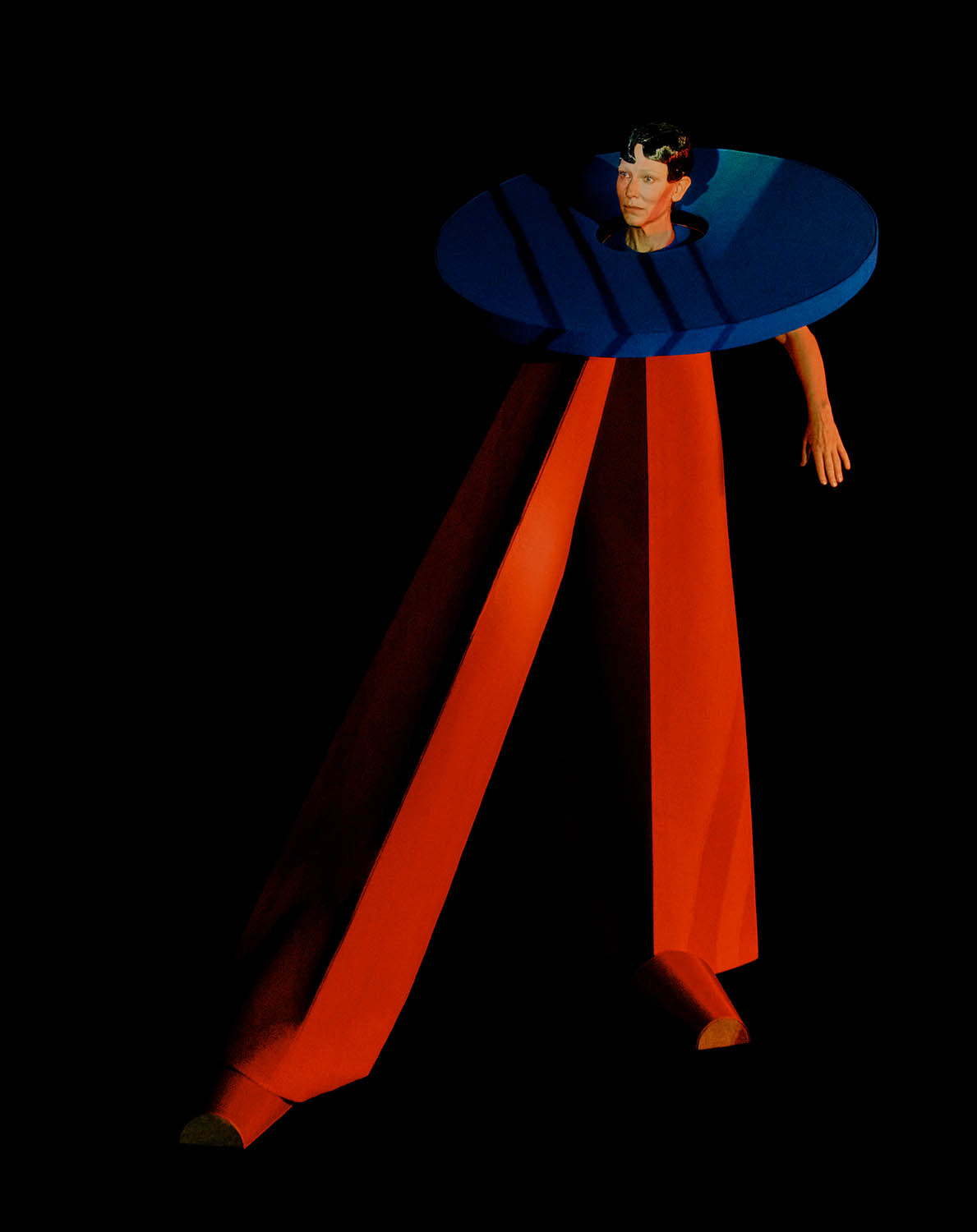
Cate Blanchett photographed by Jack Davison, with set design by Shona Heath, for the New York Times
AI does not 'design' in any interesting way or think like me. I am obsessed with craft and materials, and these details in my work will always inform the bigger picture.
Shona Heath
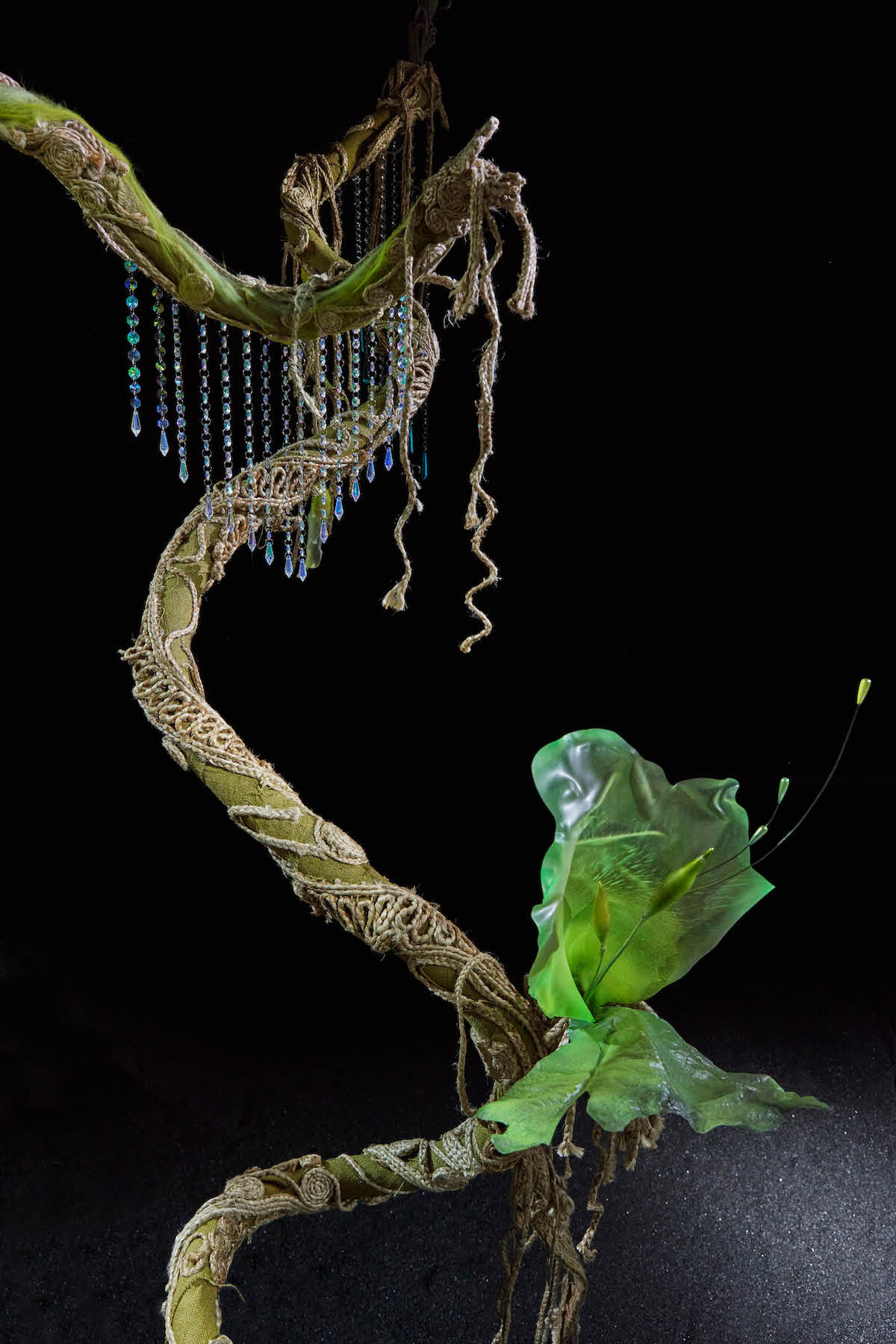
Shona Heath’s show set for Acne Studios A/W 2023
W*: What has been the most challenging project or moment in the past year, and how has it shaped your perspective or approach?
SH: The Oscar. Sounds like a joke… but I found the competition aspect and public stage confronting, and the social side, however fun, exhausting.
I absolutely love what I do, and I wasn’t doing it for a good few months – too long. I find it an important ritual to output and physicalise my ideas; otherwise, it’s a jumble in there mentally!
When I get my next Oscar – ha ha! – I will get a personal stylist, a therapist, public speaking lessons, learn to meditate, and drink way more water. Maybe I need all of those things anyway!
I have a lot of empathy for people in the public eye, and I only had the tiniest crumb of what some folks have to endure. I am really, really happy to stay behind the camera.
I have a lot of empathy for people in the public eye, and I only had the tiniest crumb of what some folks have to endure. I am really, really happy to stay behind the camera.
Shona Heath
W*: When considering new opportunities, what factors are most important to you in deciding which projects to take on?
SH: I have to feel like there’s a reason it’s me doing them – that I would be the best and only person for this role.
Working from my studio is important; it’s a place of great work and great people.
To be inspired and to know you’re going on a journey that will be captivating, cover new ground, and be creatively rewarding.
And a happy gang around you is everything. This project sounds perfect!
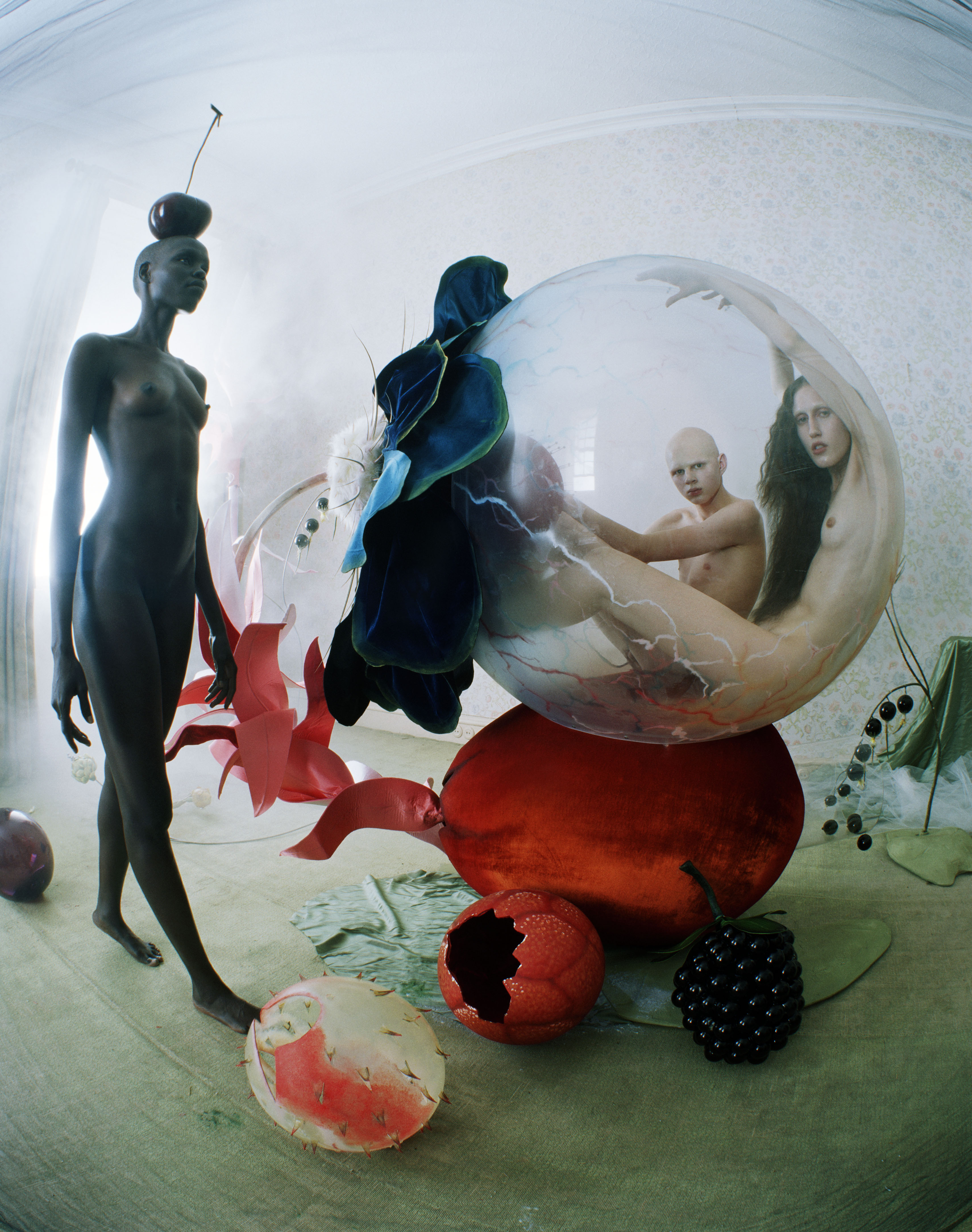
Heath channeled the otherworldly aesthetic of painter Hieronymus Bosch in this intricate, surreal set design for the Bosch series, shot by Tim Walker
W*: As you look to the year ahead, are there any emerging themes, ideas, or projects you’re particularly excited to explore in your work?
SH: Yes, I want to bring to life some surreal stories I’ve written and have playing in my head. They are super short – like a film snack, visual poems.
I am also concepting a really out-there script for someone at the moment that I’m totally into, so I’m excited about that. It’s keeping my brain very busy.
I would love to weave music and dance into my world in an unknown visual way.
Each year the RSA puts out an open call for RDI nominations. For updates on 2025 nominations, follow @therdifaculty on Instagram. The RSA also hosts a series of open Summer Sessions – intergenerational gatherings where RDIs, emerging designers, scientists and engineers. can share, inspire and challenge.
Ali Morris is a UK-based editor, writer and creative consultant specialising in design, interiors and architecture. In her 16 years as a design writer, Ali has travelled the world, crafting articles about creative projects, products, places and people for titles such as Dezeen, Wallpaper* and Kinfolk.
-
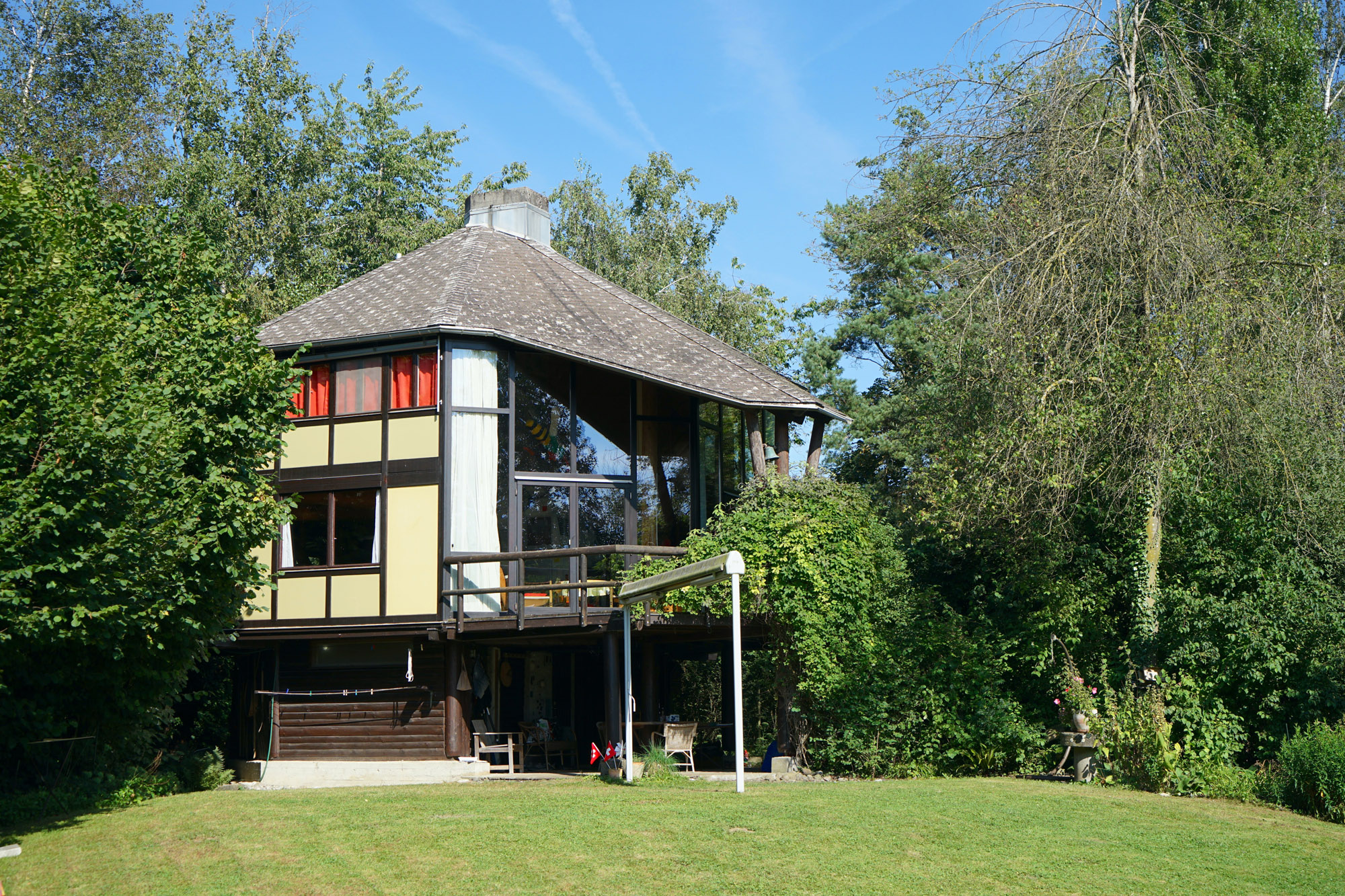 Meet Lisbeth Sachs, the lesser known Swiss modernist architect
Meet Lisbeth Sachs, the lesser known Swiss modernist architectPioneering Lisbeth Sachs is the Swiss architect behind the inspiration for creative collective Annexe’s reimagining of the Swiss pavilion for the Venice Architecture Biennale 2025
By Adam Štěch
-
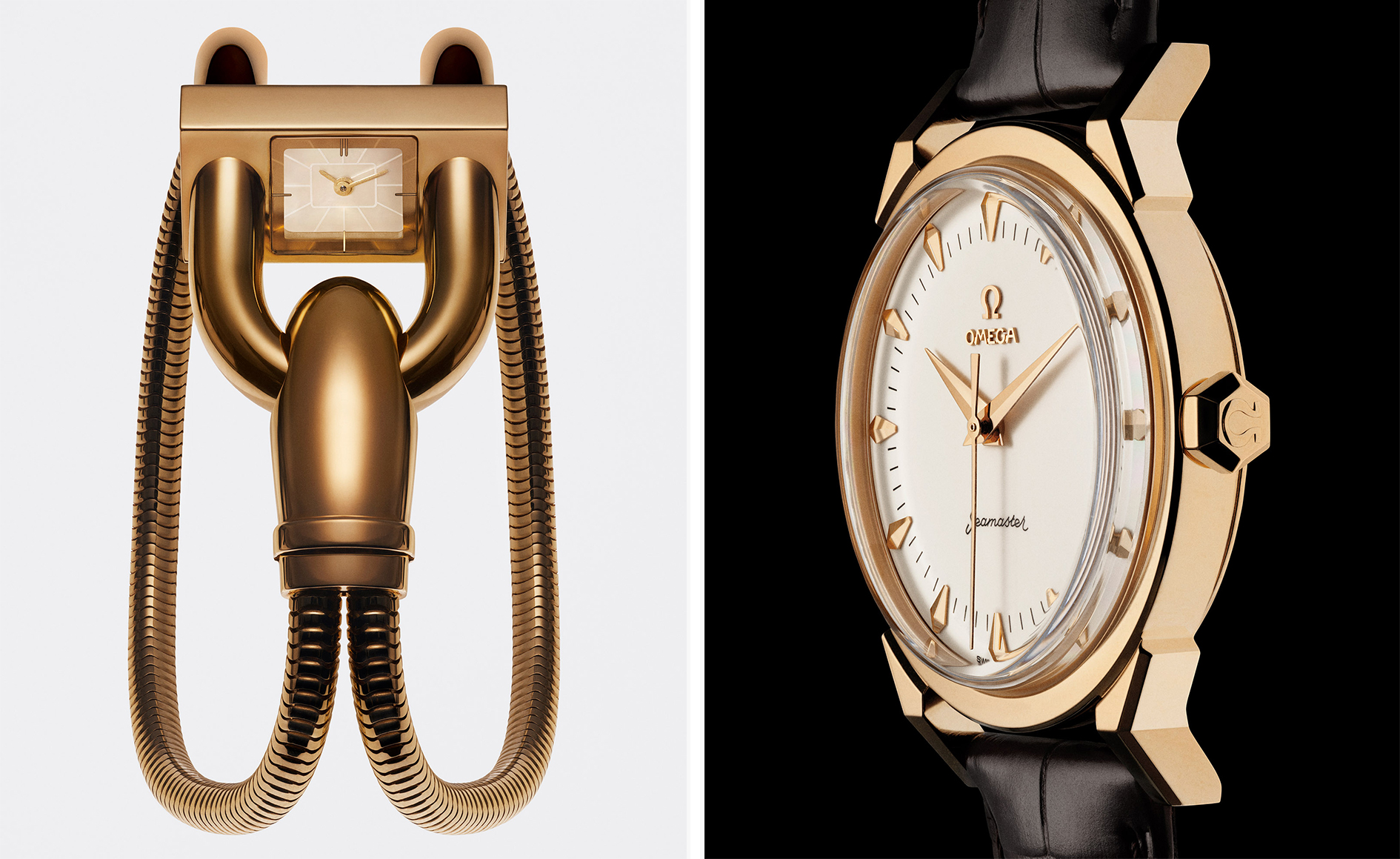 A stripped-back elegance defines these timeless watch designs
A stripped-back elegance defines these timeless watch designsWatches from Cartier, Van Cleef & Arpels, Rolex and more speak to universal design codes
By Hannah Silver
-
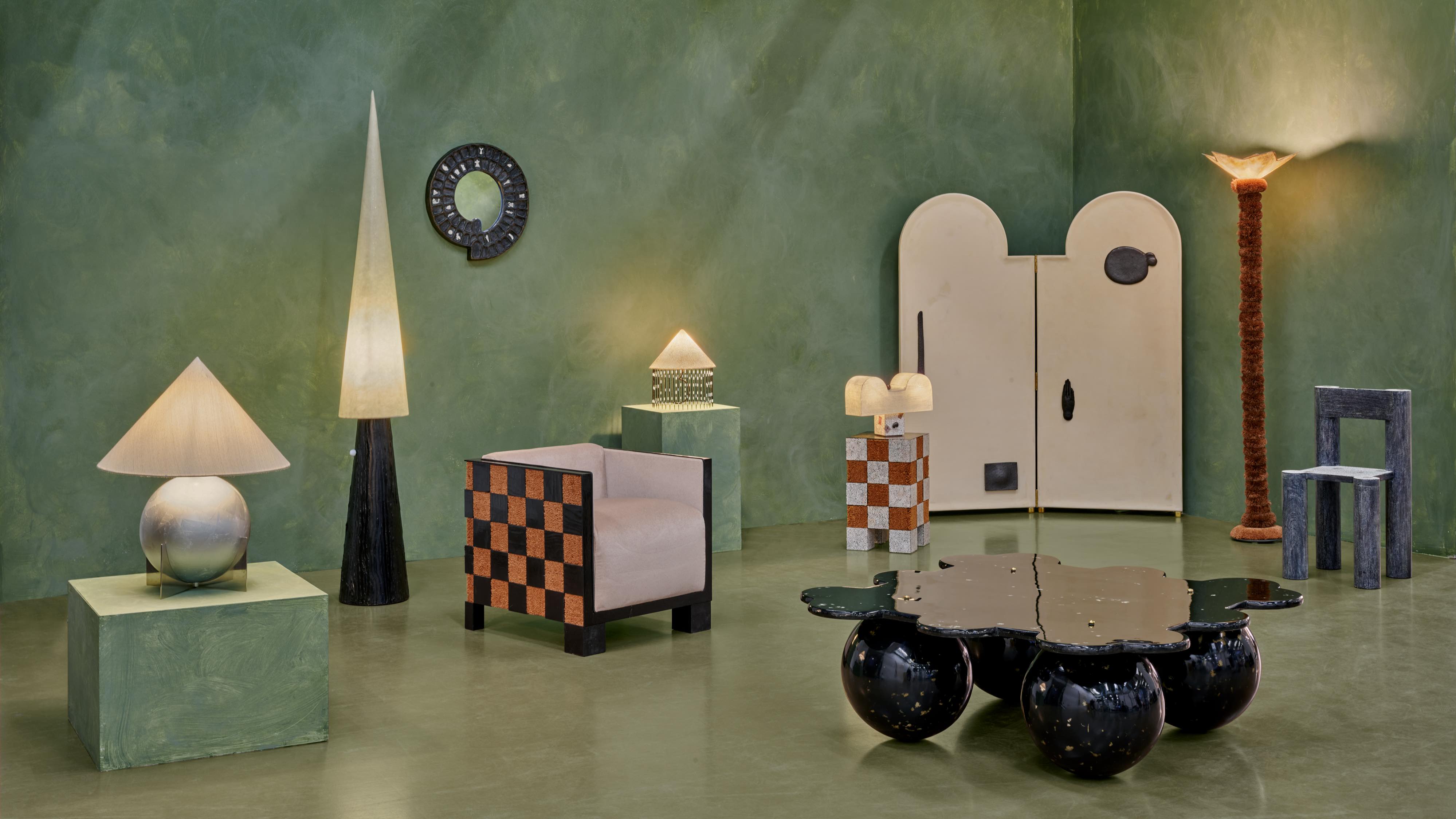 Postcard from Brussels: a maverick design scene has taken root in the Belgian capital
Postcard from Brussels: a maverick design scene has taken root in the Belgian capitalBrussels has emerged as one of the best places for creatives to live, operate and even sell. Wallpaper* paid a visit during the annual Collectible fair to see how it's coming into its own
By Adrian Madlener
-
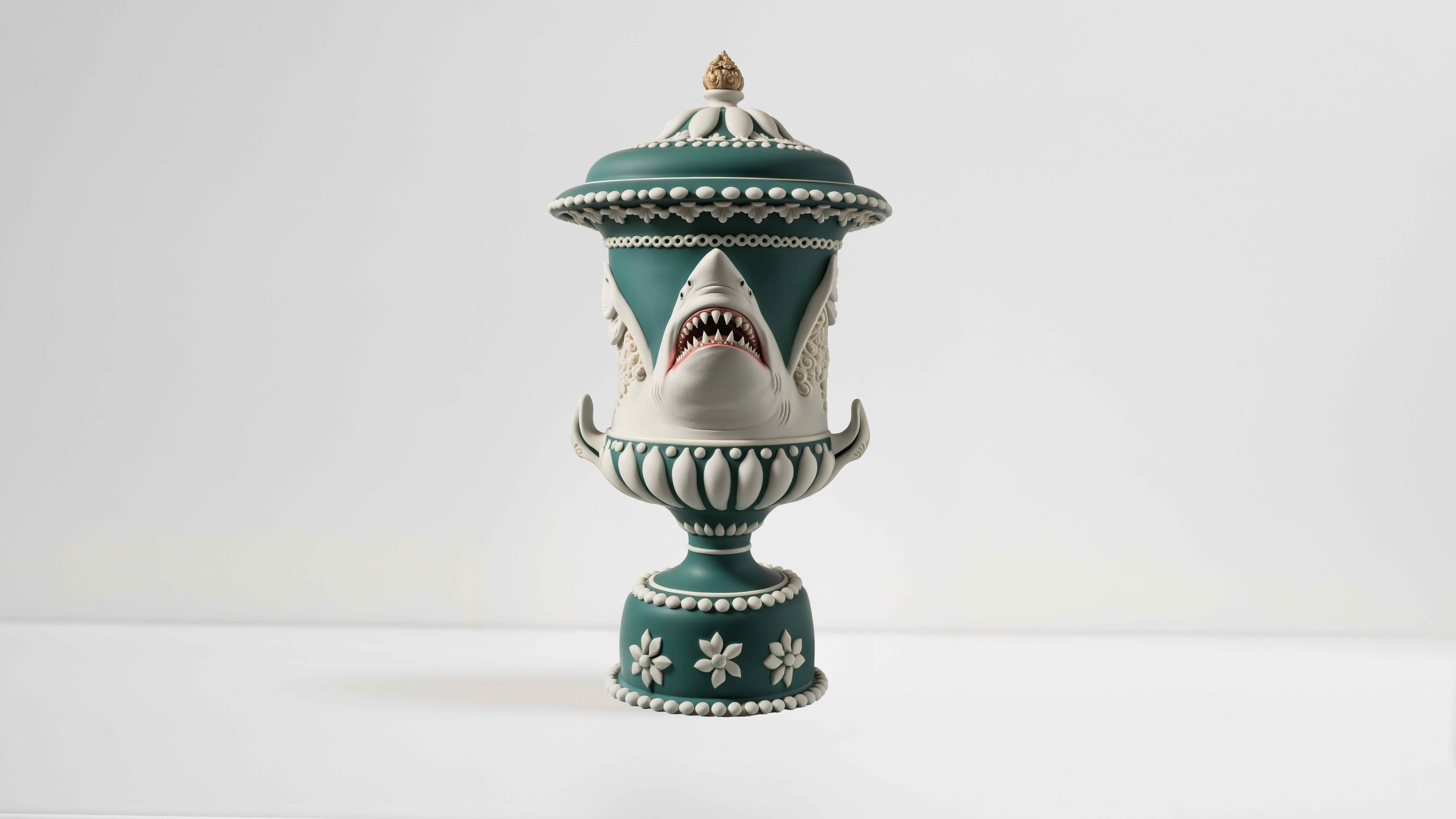 Wedgwood’s AI tool lets the public reimagine Jasperware for its 250th anniversary
Wedgwood’s AI tool lets the public reimagine Jasperware for its 250th anniversaryTo celebrate 250 years of Jasperware, Wedgwood debuts an AI tool that opens up the design process to the public for the first time
By Ali Morris
-
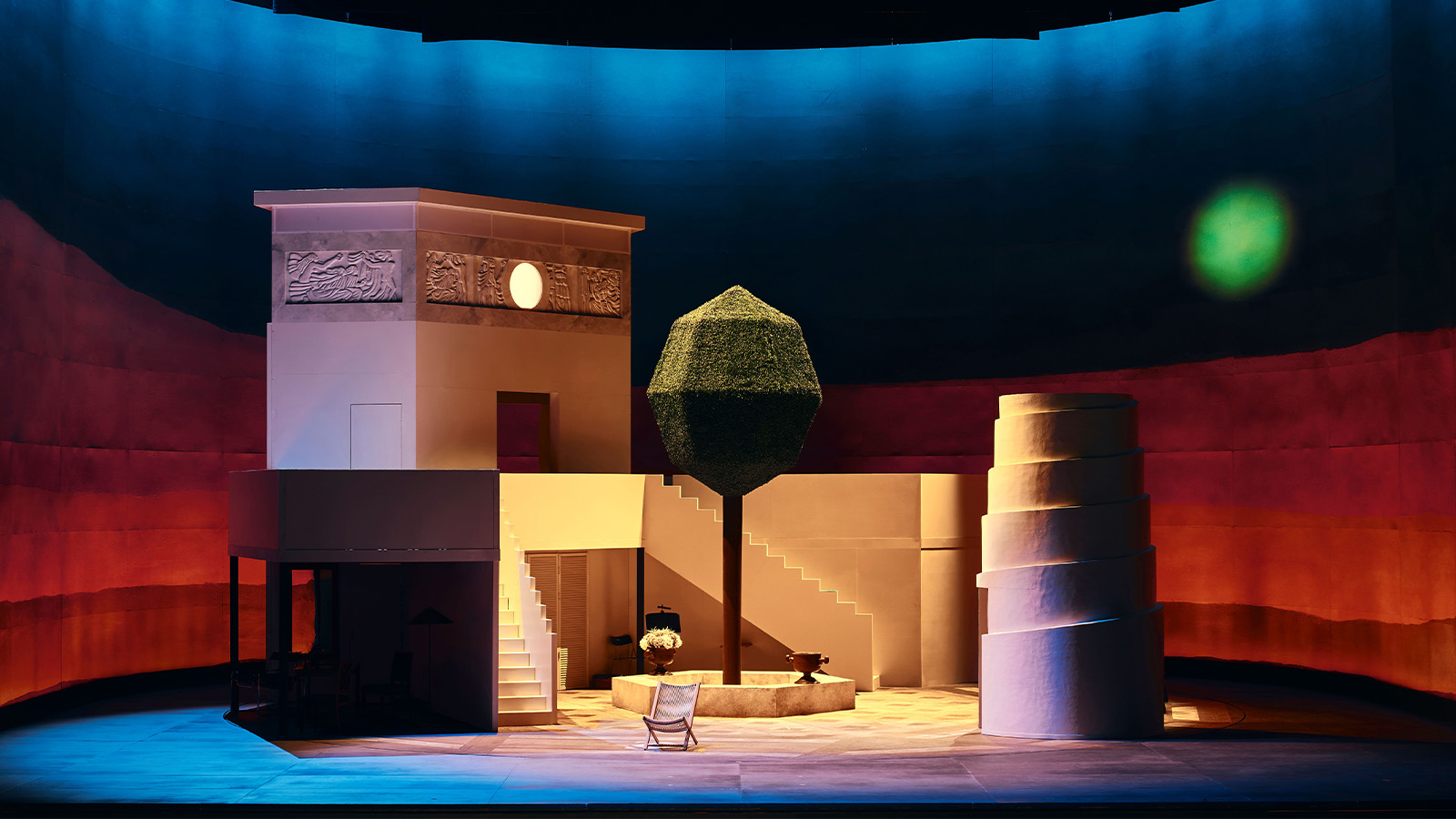 Pierre Yovanovitch’s set and costumes bring a contemporary edge to Korea National Opera in Seoul
Pierre Yovanovitch’s set and costumes bring a contemporary edge to Korea National Opera in SeoulFrench interior architect Pierre Yovanovitch makes his second operatic design foray, for The Marriage of Figaro in Seoul
By Tianna Williams
-
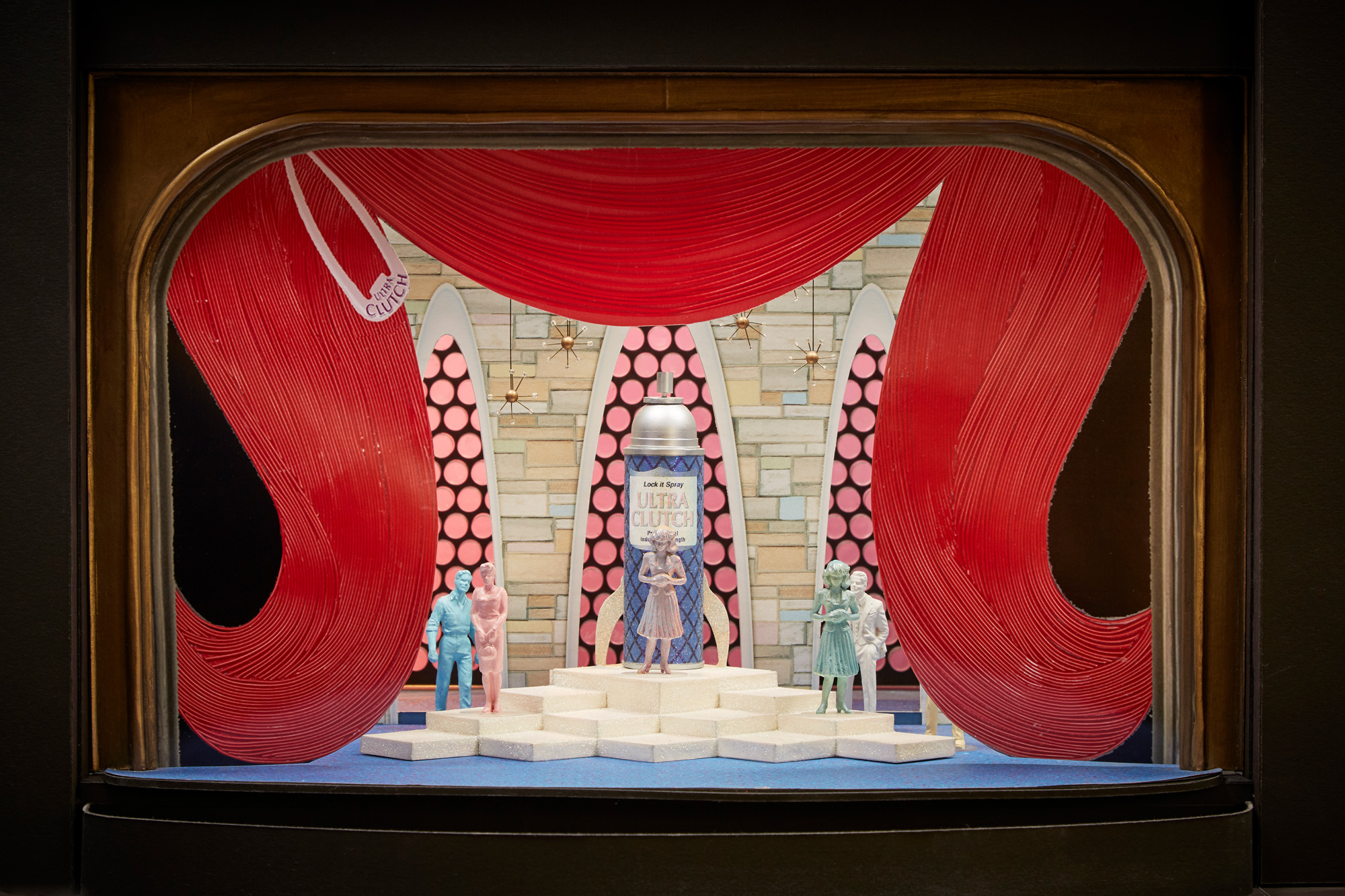 Hooked on Broadway, David Rockwell's standout stage sets and intimate design ethos
Hooked on Broadway, David Rockwell's standout stage sets and intimate design ethosDavid Rockwell has created a host of standout stage sets for Broadway shows, with London’s V&A recently acquiring four for its theatre and performance collections
By Diana Budds
-
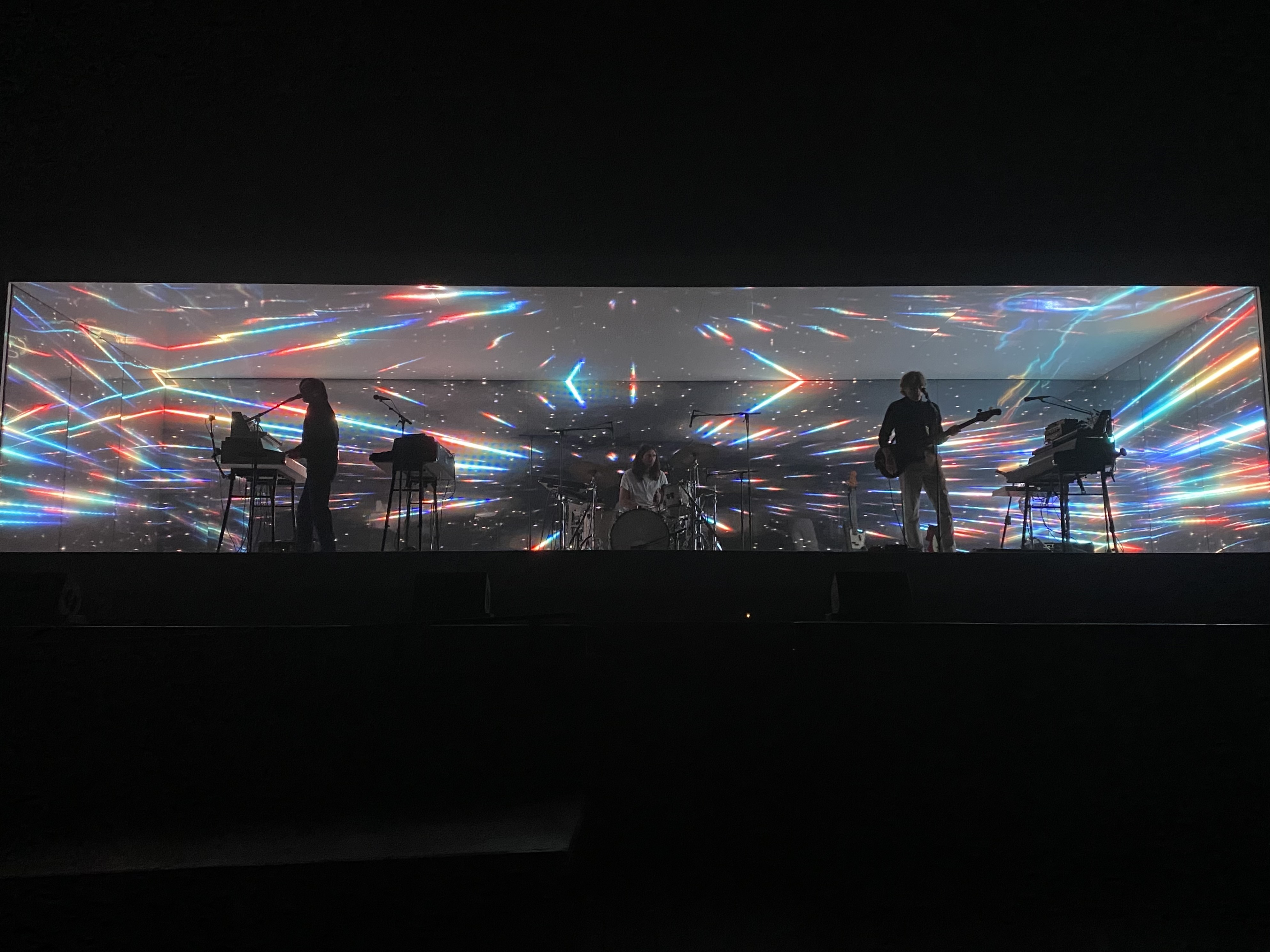 ‘Air Play Moon Safari’ is an audio-visual, retro-futuristic experience
‘Air Play Moon Safari’ is an audio-visual, retro-futuristic experienceWith the ‘Air Play Moon Safari’ tour in full swing across Europe, the USA and Mexico for the rest of 2024, we explore the design of the French band's White Box stage
By Simon Mills
-
 BAFTA 2024 stage design pays tribute to the history of film animation
BAFTA 2024 stage design pays tribute to the history of film animationThe 2024 BAFTA Film Awards celebrated the best of the past year’s films, with an elegant stage by Yellow Studio, which pays tribute to the history of film animation
By Tianna Williams
-
 David Rockwell’s 2021 Oscars set design celebrates old Hollywood
David Rockwell’s 2021 Oscars set design celebrates old HollywoodStaged within Los Angeles' Art Deco Union Station, the David Rockwell-designed Oscars 2021 set nods to old Hollywood and the communal arts
By Rosa Bertoli
-
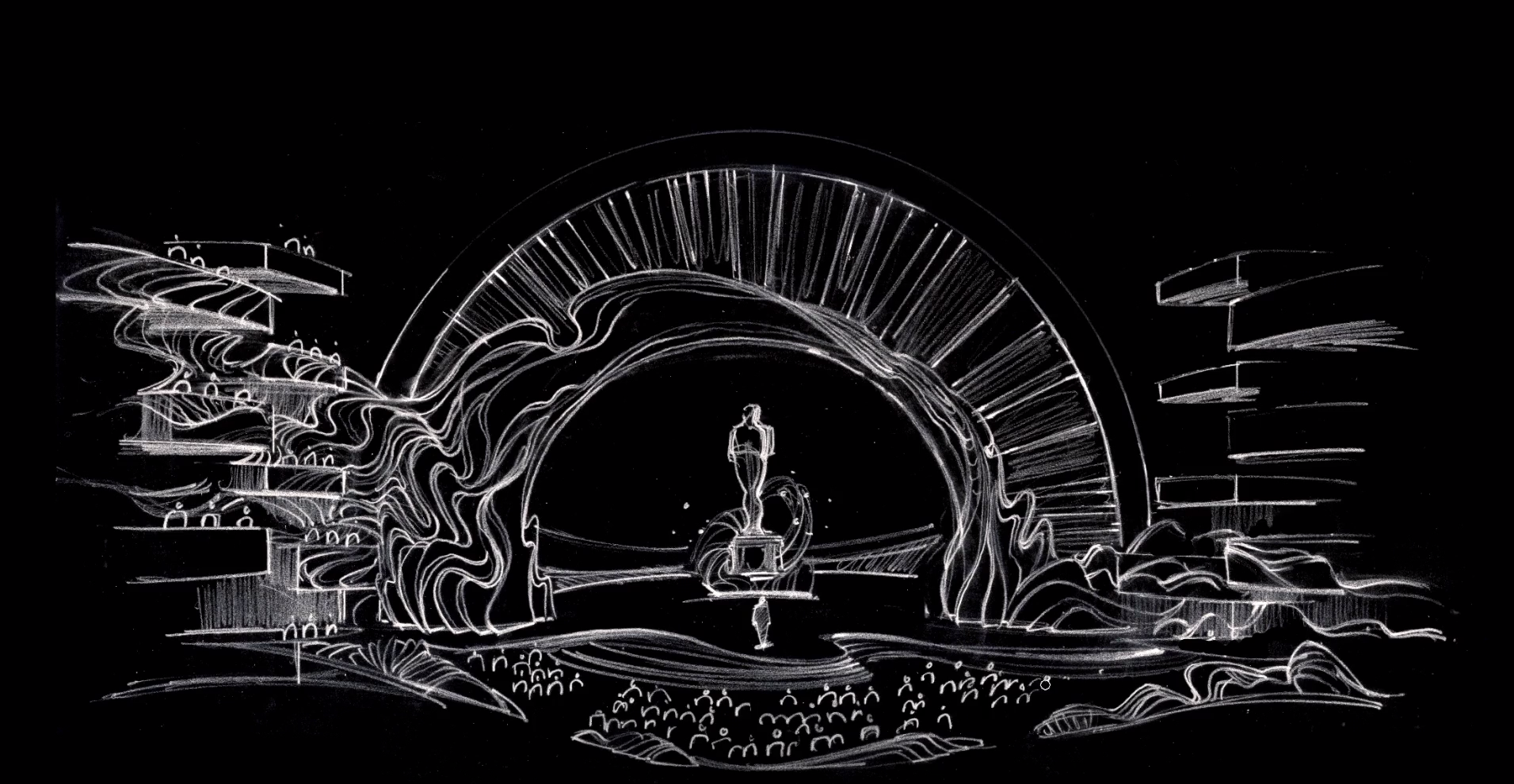 David Korins on his storytelling stage for the Oscars 2019
David Korins on his storytelling stage for the Oscars 2019The blockbusting set star creates 15 concepts for the 91st annual Academy Awards in Los Angeles with the theme of inclusivity
By Kelsey Mulvey